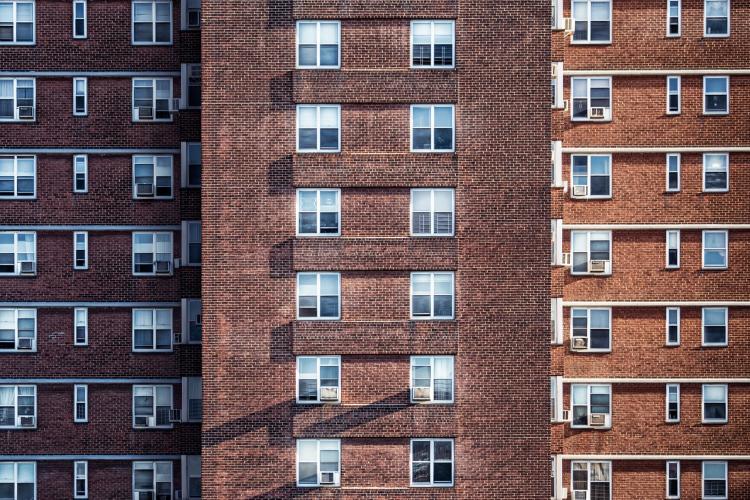
Last month, select MEEA staff members participated in the U.S. Department of Housing and Urban Development Regional Multi-Family Convening Meeting in Chicago. The event presented multiple aspects for multi-family buildings to save energy and participate in the U.S. Department of Energy’s Better Buildings Challenge. Stacey Paradis, Executive Director, was also the keynote presenter for the event. Ms. Paradis gave a speech outlining the investments, current standards and challenges within the energy efficiency industry related to multi-family housing.
Challenges in Multi-Family Housing
In 2014, investment in energy efficiency hit an all-time high of $1.82 billion – a 76% increase in spending since 2010. Given the growth in investment, she noted the continued importance that these policies and programs are designed to ensure efficiency reaches all consumers – homeowners and renters alike. The multi-family rental market already possesses unique challenges for utility rate-payer programs. In a survey of 17 cities across the country, researchers at the American Council for an Energy Efficiency Economy (ACEEE) found that while multi-family housing represented approximately 12% to 36% of the housing market in large cities, often less than 15% of utilities’ residential energy efficiency spending was achieved in multi-family markets. In addition, not all utilities have energy efficiency programs oriented for multi-family buildings. Often these programs are combined together with commercial programs due to the similarities in HVAC equipment.
Ms. Paradis emphasized these issue are even more paramount for owners/managers and residents of affordable housing. High energy costs are a tremendous cost burden for those living in inefficient units and buildings. A study by Charlie Harak of the National Consumer Law Center (NCLC) estimates that HUD spends upwards of $5 billion on energy costs for public housing and privately owned, affordable housing where the owner or tenant receives rental assistance. Beyond HUD tenants, this is important for all affordable, multi-family renters. According to the NCLC, nearly 50% of the country’s low-income population lives in multi-family buildings. Low-income renters spend 20% or more of their incomes on energy as they are often living in older, highly inefficient buildings. Lastly, National Housing Trust notes that energy expenditures per square foot in multi-family rental apartments are 38% higher than in owner-occupied single-family homes.
Solutions
There are solutions, Ms. Paradis noted. Case studies from ACEEE have shown that multi-family owners, affordable or market rate, have reduced their energy use and energy bills by 20% or more, improving cash flow and profits and freeing up money to pay for other building improvements. In addition, MEEA has worked with the Chicago Housing Authority to track (or “benchmark”) their energy use in multi-family senior buildings to meet the City of Chicago Energy Benchmarking Ordinance, but also understand which buildings are the largest users of energy.
Other energy-saving measures have been accomplished by some public housing authorities to increase the quality of life for their residents, as well as save energy. Some of these direct installment programs, which work with local utility rebate programs, include refrigerator replacement, incandescent to CLF light bulb change-outs, and high efficient, faucet aerator installation. Ms. Paradis noted these examples are only the beginning of where multi-family buildings can start.
More Information
For more information on multi-family housing, contact MEEA’s Sr. Policy Manager, Julia Friedman, at jfriedman@mwalliance.org.